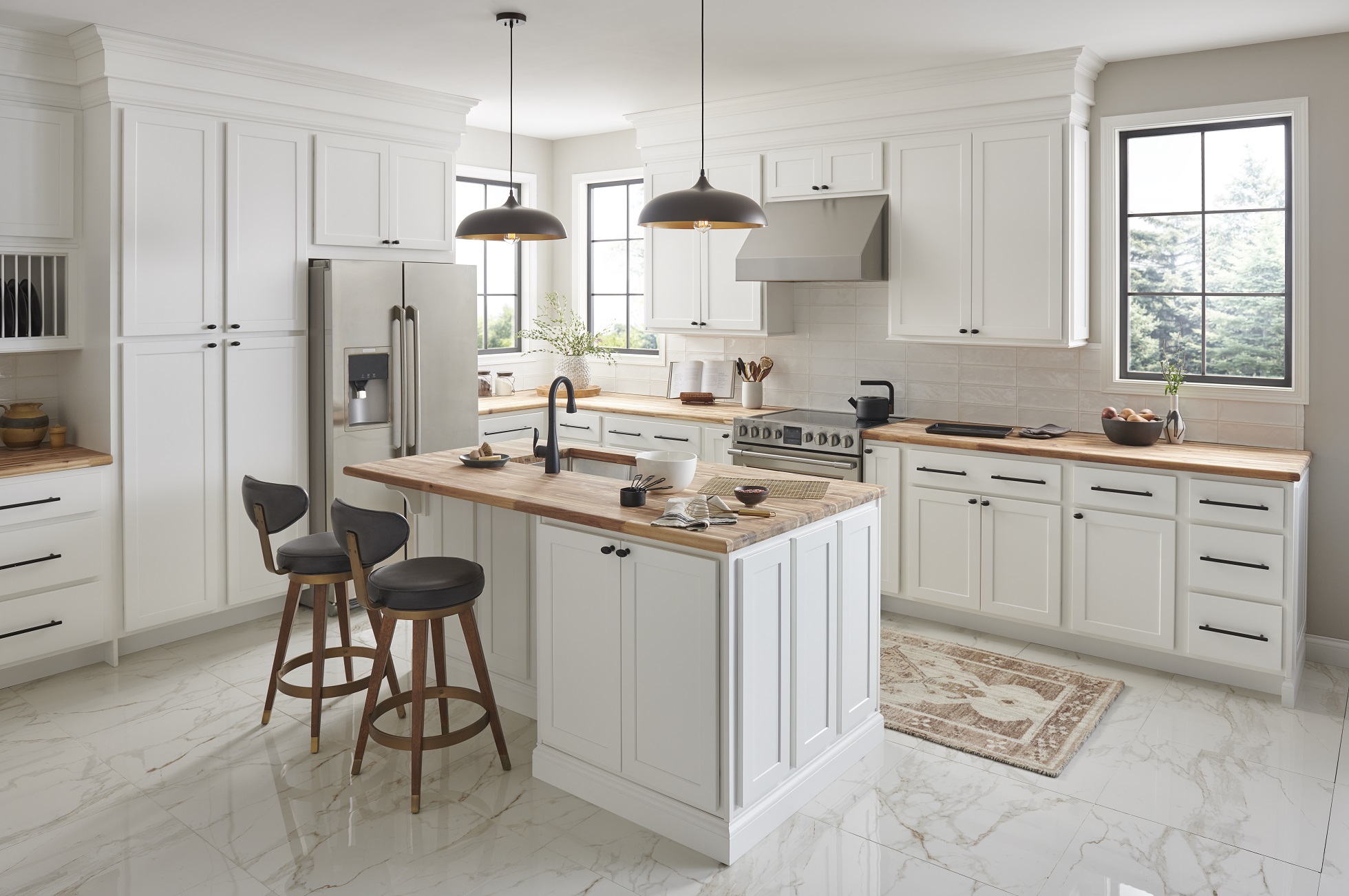The kitchen island, a popular and versatile piece of furniture, has become a staple in many modern kitchens. It provides additional counter space, storage, and a gathering place for family and friends. With a wide range of styles, sizes, and features available, the kitchen island can be tailored to suit any kitchen design and lifestyle.
History and Evolution of Kitchen Islands
The history of the kitchen island can be traced back to the 19th century, when they were first used in commercial kitchens to prepare and serve food. Over time, kitchen islands became more popular in residential kitchens, offering a convenient and functional workspace.
Types of Kitchen Islands
Kitchen islands come in a variety of styles, sizes, and configurations to suit different kitchen layouts and needs. Some of the most common types of kitchen islands include:
- Standard kitchen islands: These are freestanding islands that offer additional counter space and storage. They can be used for food preparation, dining, or simply as a gathering place.
- G-shaped kitchen islands: G-shaped islands create a U-shaped layout in the kitchen, providing ample counter space and storage. They are often used in larger kitchens.
- L-shaped kitchen islands: L-shaped islands are a popular option for smaller kitchens. They can be used to create a workspace that is separate from the main countertop.
- Breakfast bar kitchen islands: Breakfast bar kitchen islands have a higher countertop height that is designed for counter-height seating. They are a great option for casual dining.
- Mobile kitchen islands: Mobile kitchen islands have wheels, making them easy to move around the kitchen. They are a versatile option for small kitchens or those who frequently entertain guests.
Kitchen Island Features
Kitchen islands can be equipped with a variety of features to enhance their functionality and appeal. Some common features include:
- Storage: Kitchen islands often have built-in storage, such as drawers, cabinets, or shelves, to store kitchen utensils, cookware, and other items.
- Seating: Many kitchen islands have a countertop height that is designed for counter-height seating, providing a casual dining area.
- Cooktop: Some kitchen islands have a built-in cooktop, allowing for additional cooking space and creating a more open kitchen layout.
- Sink: Kitchen islands can also be equipped with a sink, providing a convenient workspace for food preparation and cleanup.
- Electrical outlets: Electrical outlets can be installed in the kitchen island to power appliances and devices.
Choosing the Right Kitchen Island
When selecting a kitchen island, consider the following factors:
- Size: The kitchen island should be the right size for your kitchen space. It should allow for comfortable movement around the kitchen and provide sufficient counter space.
- Style: The kitchen island’s style should complement the overall design of your kitchen.
- Functionality: Consider the features that are important to you, such as storage, seating, or a cooktop.
- Budget: Kitchen islands can vary widely in price, so it’s important to set a budget before shopping.
The kitchen island is a versatile and functional piece of furniture that can add both style and functionality to your kitchen. By carefully considering your needs and preferences, you can choose the perfect kitchen island to complete your space.

